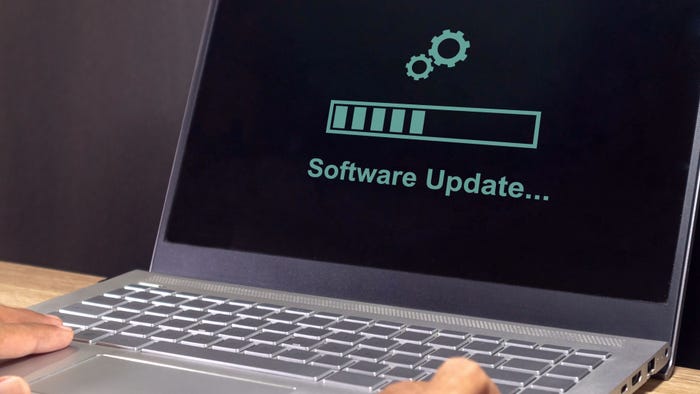Securing Data In 4 (Relatively) Easy Steps
The key to success in information security is finding the 'right' information in all the data you aim to protect.

A cyberattack is like a swelling riverbank, ready to make its way into an enterprise, destroying sensitive data. Many companies spend their security budgets on sandbags, lining them up around networking devices, hoping to keep hackers at bay. However, until you understand what is going on inside your network, you cannot truly protect your data against an attack.
Chief Information Security Officers from large enterprises admit to spending hundreds of thousands of dollars on subscription security intelligence reports. Medium-sized enterprise CISOs say they harvest open source information for their security intelligence. SMBs rarely use security intelligence at all.
The problem with these types of reports is that they don't provide enterprises a real-time view of their networks. They look at all the data inside the company but not the specific information that helps security managers make the best decisions. This creates the potential for a blind spot at the moment network threats are occurring -- and an overwhelming volume of raw data that is nearly impossible to process quickly.
Not all data is created equal
There is a fundamental difference between data and information. Information is gleaned from specific pieces of data, enabling actionable decisions. This means that two individuals might find different bits of information in the same pile of data. As individual objectives and missions differ, different people and organizations will find value in different pieces of data. The goal is finding "the right data" that includes relevant "information."
On the other hand, a lot of data doesn't necessarily mean you have good data. In fact, nearly all of the data will need to be qualified before use by asking specific questions like, how will the data affect your current system when installed. Or, will it block key suppliers? Often times, even the most popular services are used for bad. Google's domain name service (DNS), 8.8.8.8:53, for example, is frequently called out as a command and control channel for malicious code installed in your network by the phisher du jour. Google isn't bad, but good tools can be used for bad purposes.
Finding the right information
The key to success in information security is finding information in all the data. This requires an understanding of what you are protecting (what your mission is) and an understanding of the evolving threat to that mission. Only when you understand the nature of the threats, can you make decisions on what data is "information" and what data is just data.
Here are four steps to help monitor network vulnerabilities and identify the "right information" to protect the security of your data:
Step 1: Identify as many command and control (C2) nodes as possible. You can obtain C2 address information from any number of sources. Collective Intelligence Framework is a good starting place, but it won't necessarily give you targeted adversary information. Open sources will yield the same information, but with far more false positives. Sometimes the best option, however, is to pay for a good list.
Step 2: Install C2 nodes in a perimeter-based network flow monitoring and analysis suite. Network flow monitoring and analysis suites will monitor communications to and from your network and alert you when users on your network are communicating (knowingly or unknowingly) with bad IP addresses or domains.
Step 3: Place inexpensive client-based monitoring solution inside your network. Do this for a period of time (usually about 30-60 days) to help identify root cause, patient zero, and areas of weakness. Then, when a network flow is identified communicating with bad actors, use the client-based monitoring system to identify patient zero, and quickly follow the crumb trail across the enterprise looking for indications of other compromised machines.
Step 4: Be ready to pull egregious internal offending computers off the wire. Don't be surprised if you find a few. When you identify "badness," the client-based monitoring system can be used to perform initial triage, but you still may want to pull the boxes for analysis to figure out how bad it really is.
Monitoring your network for the "right information," shows you where your current levy is leaking in real-time. More so, you'll save money on the software and hardware "sandbags" that offer little more than a false sense of security.
Dr. Vincent Berk, is CEO of FlowTraq. Dr. Berk has 15+ years of IT security and network management experience, and is the designer of the FlowTraq system.
Jeffery L. Stutzman, CISSP and the Chief Operations Officer and Vice President of Collaborative Research and Analysis for Red Sky, also contributed to this article.
About the Author
You May Also Like
_(1).png?width=100&auto=webp&quality=80&disable=upscale)
_(1).png?width=400&auto=webp&quality=80&disable=upscale)

_Daniren_Alamy.jpg?width=700&auto=webp&quality=80&disable=upscale)
